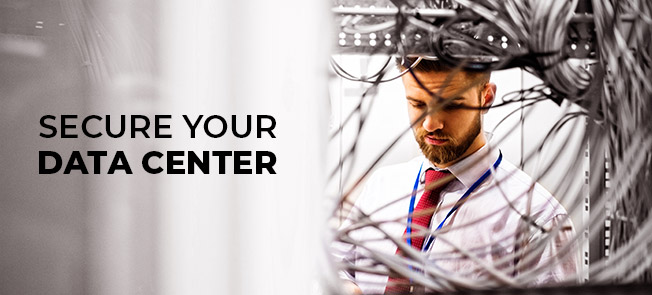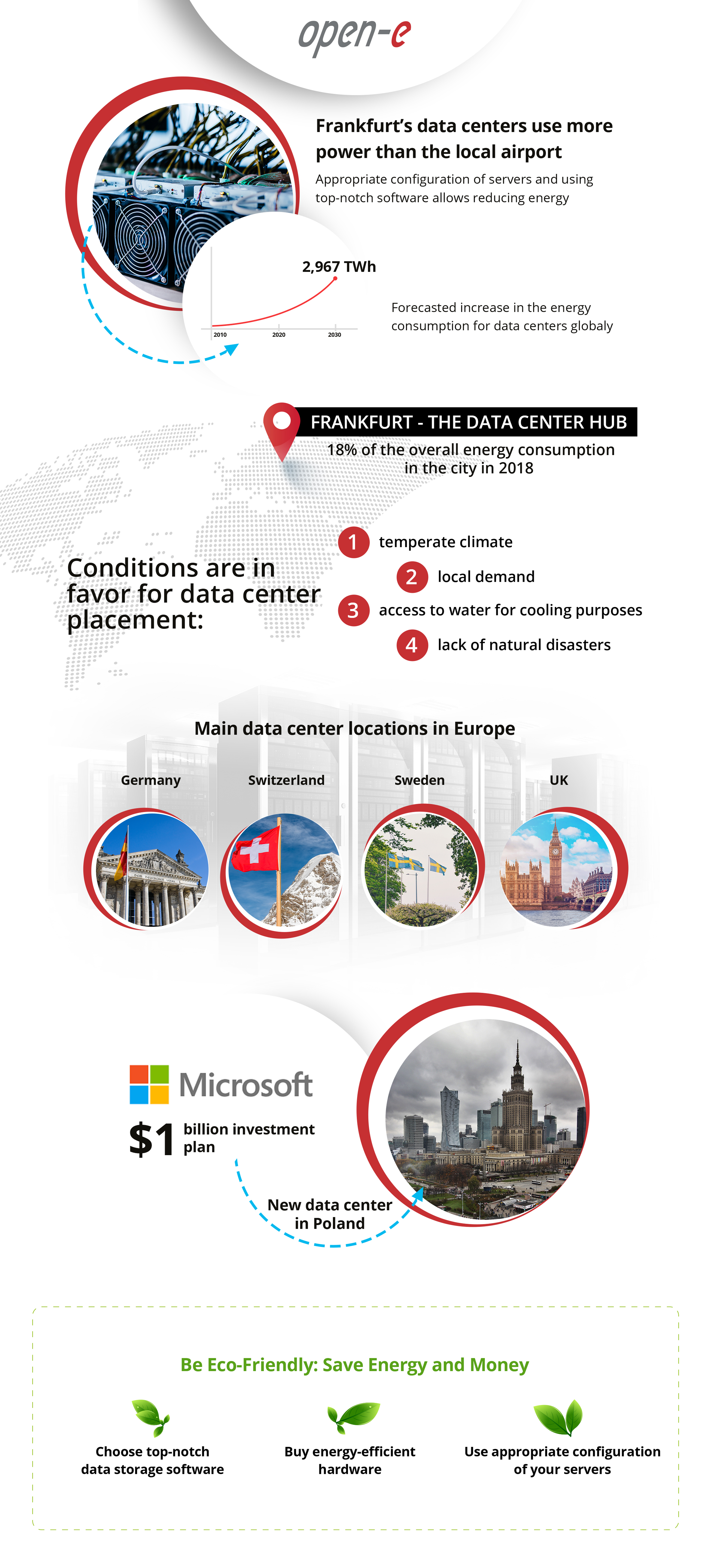Resilient Data Storage – Build Your Business Immunity in 2021
World Backup Day 2021 – March 31 One year with the coronavirus pandemic shows that…
Read More
The recent accident of OVH, whose whole data center was burnt to the ground without any chance to restore the data, has shown that nowadays we started to pay less attention to natural disaster factors, mainly considering ransomware attacks and data leaks. However, we would like to remind you that natural disasters also play an essential part. In this article, we will show you how Open-E JovianDSS can be used in a data center environment to safeguard a business.
No matter what is the cause of the data center service interruption, the business may suffer as well:
Since data centers have their customers for whom they rent storage capacities, the data center guarantees that the clients will gain access to their data as soon as possible regardless of the harmful events. It can be difficult to achieve without the high availability feature, which can also be provided by Open-E JovianDSS. It is essential when running business processes that require continuous and uninterrupted access to data.
How does High Availability Work?
Open-E JovianDSS supports two cluster configurations:
In both cases, when one node fails, the other node takes its place and resumes work. It’s a so-called “automatic failover,” and it ensures that day-to-day business can operate smoothly without any disruptions or loss of performance.
As we have seen in the introduction’s example of OVH, disaster recovery plans are a kind of last resort in case of harmful events that may have grave consequences for the data. Such mechanisms as an asynchronous replication of the primary backup server or cluster keep the data safe and protected from any possible downtime that otherwise would be inevitable. Thankfully, Open-E JovianDSS offers proven Disaster Recovery tools and solutions, so your data is safe with us.
Last but not least, Open-E JovianDSS runs on the ZFS filesystem, which in itself is a very well-protected file system that provides advanced features for protecting data that are useful in data center environments. ZFS delivers multiple layers of data protection mechanisms, including self-healing, data and metadata check-summing, atomic transaction writes, and more.
All the system features above guarantee data security and good protection against the effects of unexpected events for both the business and customers. But Open-E JovianDSS is a good choice for Data Center service providers also because it’s cost-effective, scalable, and easy to manage.
Open-E JovianDSS can work on any kind of hardware, including the commodity one, and the server may come from any vendor. When working on a case study with one of our end customers, a data center services provider from Germany, we found out Open-E JovianDSS based new hardware was able to save 4kWh of electricity per day, which benefits the environment and positively impacts the electricity costs of the whole data center. Thus, it makes Open-E JovianDSS an eco-friendly and cost-effective solution.
Our data center clients choose Open-E JovianDSS due to its scalability, security, cost-effectiveness, and performance as the perfect backend software for a cloud’s data storage. We offer many possible configuration options, and Open-E JovianDSS can be implemented as both a virtual server appliance or a physical one.
As with all large installations, the data storage solution in a data center always has to be monitored 24 hours a day, seven days a week. For this purpose, Check_MK and Nagios for monitoring the network can be used, and the SNMP protocol as well. And don’t forget the GUI statistics available in Open-E JovianDSS – they are also a valuable source of information.
To sum up, our customers highly value Open-E JovianDSS for its cost-effectiveness, performance, and reliability. There is no need to worry about access to the data since there is a high availability cluster and built-in disaster recovery, and the customer can access the data as soon as possible. Learn more about Open-E JovianDSS on our website!

Leave a Reply